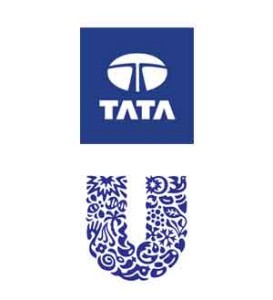 By R. Gopalakrishnan, Director, Tata Sons
By R. Gopalakrishnan, Director, Tata Sons
One day I wanted to explore the concept of what makes a corporate long living. So I got hold of five or six books – one giving a Japanese point of view, the other Norwegian, then the Dutch, another an American point of view and the last, an Indian point of view. I put all the stuff together. Then I tried to summarize this and came up with four principles. Then I related it to my own experience in HLL and Tata Sons. Like anybody who writes a paper, I thought I might have discovered a magical formula or the elixir.
The first point as to what makes a corporation long living is to live consistently for a sought purpose. Have a purpose and live for that all the time, that doesn’t change every time a CEO changes. For example, Lord Leverhulme, formal name William Hesketh Lever, started Lever Brothers with soap. Those days in England they used to cut soap and sell it raw. He found that if you put waxed paper around it, it preserves the moisture of the soap. He called it Sunlight and then it became Lifebuoy and that became the basics of his empire around the world. Lever was asked in the 1880s, (remember this was the time of colonialism; India was a colony) what is the purpose of your company? He said it is to wash the teeming millions around the world and he referred to India as many millions. Lifebuoy soap did come to India and since then Unilever has been washing the teeming millions around the world without batting an eyelid.
In case of Tatas, it is not clear to me why Jamsetji Tata said what he said, but that was around the same time 1880s. When he was asked what is the purpose of your company? He stated that the company exists because of the community and therefore what it earns belongs to the community. It’s a very radical idea for 1880s because today it is the hottest subject for MBA students; they call it ‘conscious capitalism.’ Sixty years later his successor JRD Tata said the same thing that we earned our money from the community and we have to give it back in some form. It is a thought which is so utterly simple that you wonder what there is to applaud about it. But it is so rarely practiced that you wonder why simple things are difficult to implement?
The second is organize yourself to deliver your long term visions are, every CEO wakes up and says here is my vision. You have to structure your company to be able to deliver the vision. How did Tata’s structure itself? Whether they did it deliberately or was it an accident, I don’t know, but Jamsetji Tata said that company belongs to the community, when he died he left it to his sons but the trust was formed when he was alive in 1893. The reality is the whole Tata Empire, 100 billion market cap is held by the trust and so if Tata’s make 15 billion of profit, 30 to 60% belongs to the trust, nobody can change it, that’s amazing.
You can do social service by writing software
You can do social service without being a jholawala (man with a cloth bag). You can do social service by selling watches or writing software as well. That’s a nice feeling because that you can serve society through an organization. I am looking for more companies that organize their fortune into structures that will benefit society.
When JRD Tata became chairman, the episode that I am going to narrate is 100 years after Tata sons was established. He came to Chennai to the rotary club and explained similar things about what I am talking about today. The rotary club members asked him if Tata’s are the world’s largest charitable services organization. Where does it say so? JRD Tata said you are quite right, so he came back and he got the article of association of all the Tata companies changed and this was long before CSR came into the Companies Act. He actually said that I have to organize this in such a way that nobody else can change it in the future. It genuinely permeated into the juices and the veins of the organization in the most mysterious manner.
The Reverse Organization Chart
The third one is about creating an adaptive, collaborative and tolerant system. If you look at Tata’s from outside like I did when I joined, it looked like one big confused mumbo jumbo, and nobody quite understood how it worked. Even people inside the Tatas didn’t quite understand it or they thought they understood. How did the body parts move and who coordinated it and we have acquired epithets of being bureaucratic etc and we live happily with these. But if you speak to management professors who have done case studies on Tatas, they have done this for the last 15 years. They would draw an ‘organogram’ of the Tatas, I call it the physics view of the world.
We know Tata sons is Tata Steel, Tata Power, Tata Motors, it looks like a family tree, there is a patriarch who is mysteriously called Tata Sons, it should been called Tata fathers. When I joined Tatas I was looking for the connections between the son and the father and the grandson. Like a good student of Physics I was trying to look for different kinds of connections.
So a company like TCS which was nowhere on the top when I joined the company – it was 12 or 15th. Today, TCS and Titan are on top. Then I asked what are Tata Sons passing on? It seemed clear that it was passing on values through the system. It is not perfect, but somebody is passing on values.
Successful Entrepreneurs are Conservative with Money The last lesson that I learnt was exactly the opposite of what newspapers will have you believe that there is some daring entrepreneurship. How daredevilry is the essence of entrepreneurship. It’s exactly the opposite. Entrepreneurs are very conservative, they don’t blow up their money, and they spend it carefully.



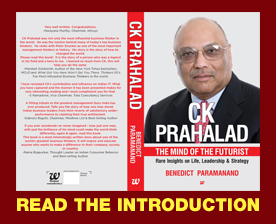

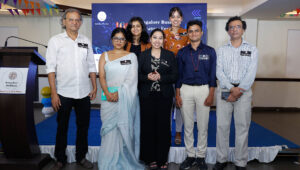
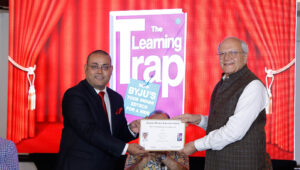

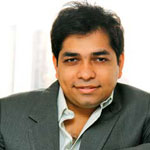
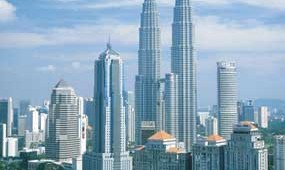

Recent Comments